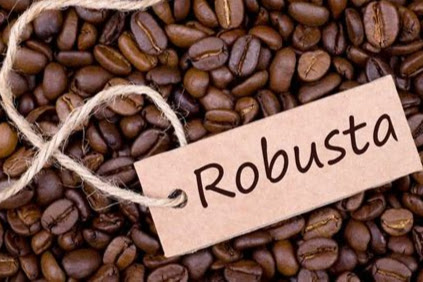
Vietnam is a country renowned for its exotic culture and vibrant flavors, and this is especially true when it comes to coffee.
As I discovered during my visit to Vietnam, the country is home to some of the world’s most unique coffee varieties.
From traditional Vietnamese egg coffee to the more modern Vietnamese iced coffee, there is something here to satisfy every coffee lover’s palate. From the bustling streets of Hanoi to the peaceful townships of Ho Chi Minh City, I had the opportunity to explore Vietnam’s specialty coffee scene and uncover some of its hidden gems. In this guide, I share my discoveries, including the different types of Vietnamese coffee, the coffee-making rituals, and the unique flavors that make each variety unique. So get ready to take a journey into the world of Vietnamese specialty coffee and discover its unique flavors!
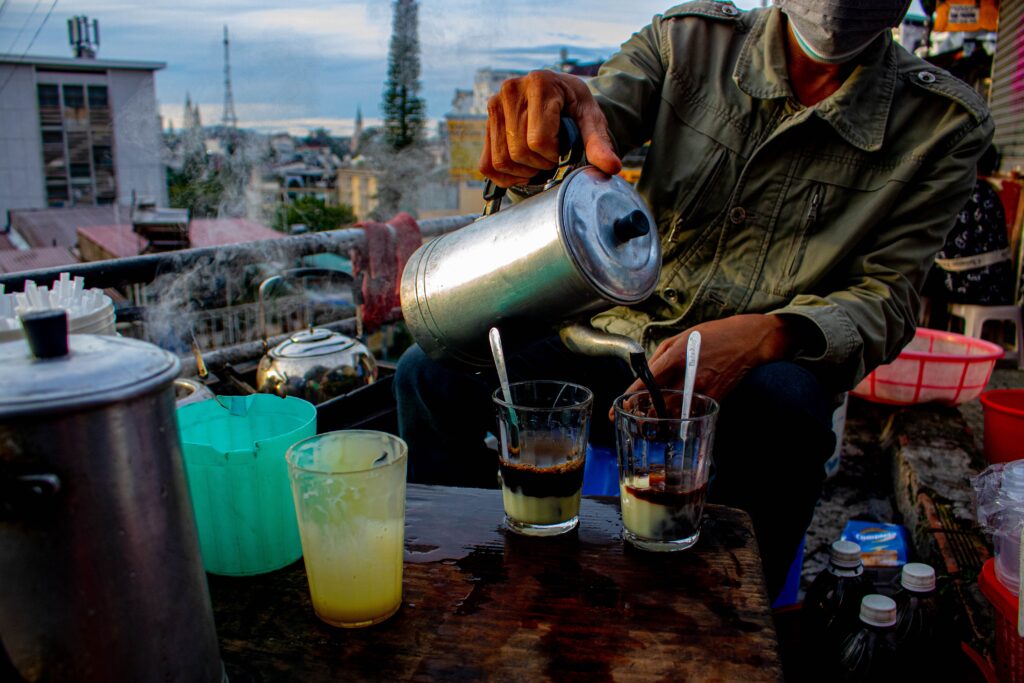
History of Vietnamese Coffee
The history of Vietnamese coffee is ancient, dating back to the 9th century when Arab traders introduced coffee beans to the country. Coffee was used not just as a drink but also as a medicine, and the Vietnamese people started producing it locally. In the 17th century, French colonialism brought coffee plantations to Vietnam, and the industry flourished.
Today, coffee is one of Vietnam’s major exports, and the country is the world’s fifth-largest coffee producer. Coffee has played a significant role in the culture of Vietnam since the 19th century, especially amongst the country’s intellectuals and poets, who used coffee houses as a place for discussion and debate.
The French had a huge influence on the coffee culture of Vietnam, and it is still apparent in modern Vietnamese coffee. Coffee remains an important part of Vietnamese life today and is enjoyed throughout the day.
The Coffee-Making Rituals of Vietnam
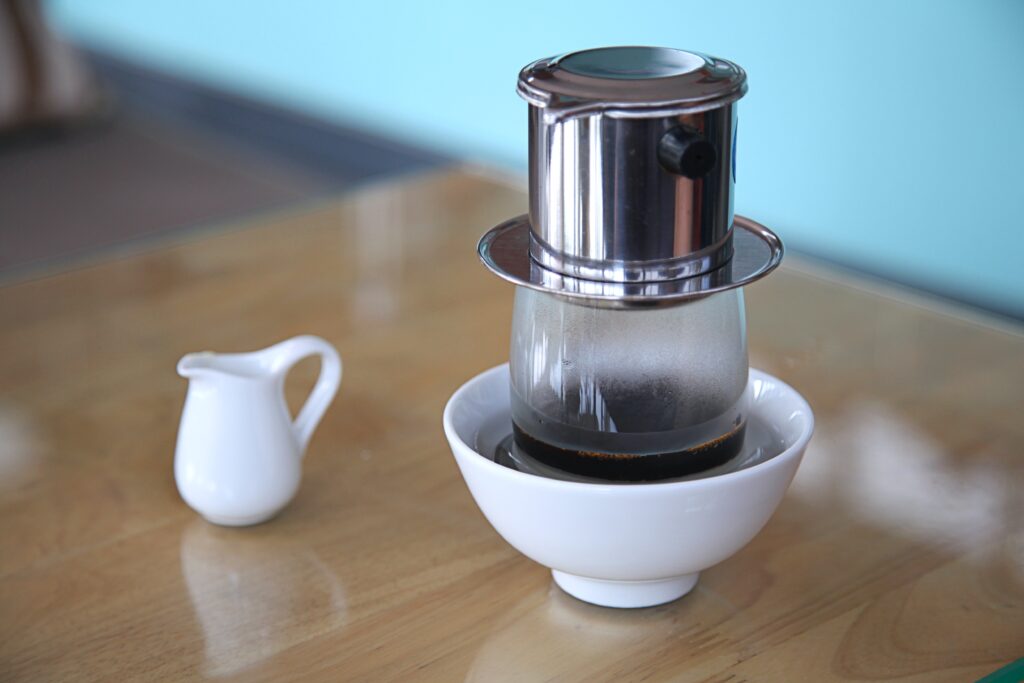
Vietnamese coffee is prepared using a traditional phin, which is a small pot made of clay. Brewing coffee using a phin is an ancient method of coffee-making, dating back to the country’s French colonization.
The Vietnamese coffee-making ritual is a beautiful process that can be summed up in two words. Slow and gentle.
Each step signifies a certain flavor that is imparted into the coffee, while also serving as a method of relaxation and socialization. The first step is to heat the water, which is traditionally done over a gas burner because it produces a lower, gentler heat that preserves the flavor and aroma of the coffee. Water is then poured into the phin and left to boil and simmer for a few minutes. The water is then poured out and the ground coffee is added and allowed to steep before the coffee grounds are filtered out and the coffee is served.
Traditional Vietnamese Coffee Varieties
There are many varieties of traditional Vietnamese coffee, each with its own unique flavor and method of preparation.
One of the most common varieties is the ca phao, which is a coffee infused with pandan leaves. Pandan leaves are native to Southeast Asia and are used in a variety of Asian desserts and sweets.
Ca phe sua da is a Vietnamese iced coffee topped with sweetened condensed milk, while ca phe da is a hot version of the beverage, with sweetened condensed milk, served on the side. Coffee with condensed milk is a very popular drink in Vietnam, and the country is known for its “Vietnamese iced coffee,” which is iced coffee served with condensed milk on the side.
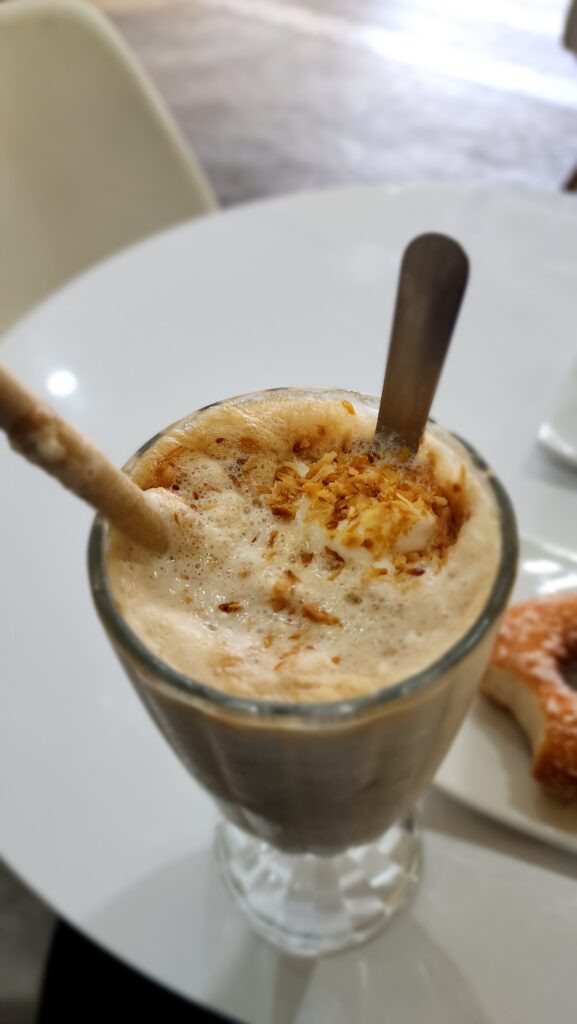
Vietnamese Iced Coconut Cream Coffee
Coffee with condensed milk and coconut cream is the Vietnamese version of an iced Americano. This is a very simple drink to make, and it is known for its rich and creamy flavors. Coconut cream is often used in desserts, but it is also added to coffee in a variety of Southeast Asian countries. To make Vietnamese iced coconut cream coffee, you only need to add condensed milk to hot coffee, pour it over ice, and then add some coconut milk to create a rich and creamy beverage. The flavors of coconut and coffee go so well together that it is hard not to fall in love with this beverage.
Vietnamese Egg Coffee
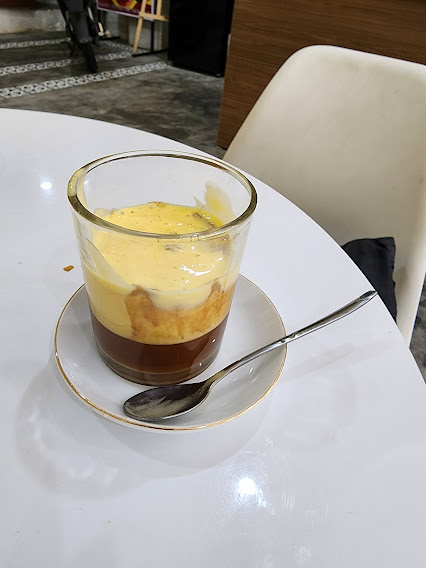
Vietnamese egg coffee is a beverage popular amongst the country’s older generations. It is a very simple and affordable drink to make, and it is made with just two ingredients: coffee and eggs. Unlike the previous two beverages, egg coffee is not flavored with sweetened condensed milk, but it is still very popular and is a beverage that many older Vietnamese people drink every day. Vietnamese egg coffee is made by infusing ground coffee beans in boiling water and then adding beaten eggs to this mixture. The mixture is left to sit for a few minutes and is then strained to create a very thick and creamy beverage.
Unique Flavors of Vietnamese Coffee
In addition to the traditional Vietnamese coffees, there are a number of more modern varieties that are worth trying.
Vietnam iced tea, which is a combination of black tea, condensed milk, and lemon, is a delicious and refreshing beverage that is perfect for the sweltering heat of the country.
Another modern variety is Vietnamese snow coffee, a beverage made with coffee powder, condensed milk, and ice. It is a very simple drink to make, and it is very similar to the more common iced coffee.
Vietnam coffee comes in a variety of flavors, such as coffee with coconut cream, coffee with sweet potato, or coffee with jackfruit. Coffee with coconut cream is one of the most popular flavors of Vietnamese coffee.
Yogurt, like coffee, was brought to Vietnam by the French in colonial times, resulting in yogurt coffee, a creamy and rich drink served with various toppings such as fresh fruit to fermented rice. While these combinations may sound weird, they taste amazingly good.
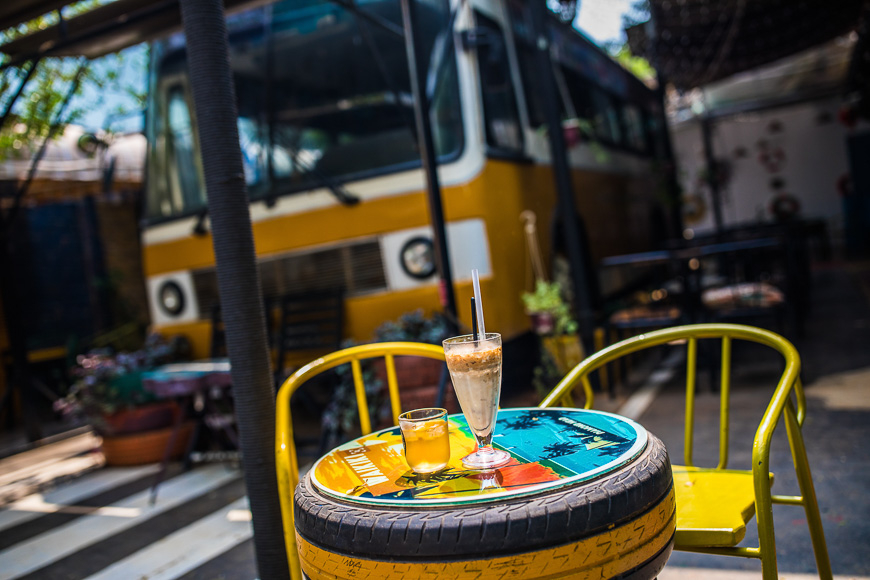
A wonderful alternative to milk, you just can’t go wrong with an enticing yogurt coffee, better known as cà phê sữa chua. The drink blends Vietnamese drip coffee with yogurt, condensed milk, and ice, though the last two are optional. You’ll find cà phê sữa chua on menus across Vietnam, but the best coffee shops use fresh, homemade yogurt. The sourness from the yogurt, bitterness from the coffee beans, and sweetness from the condensed milk make for a mouthwatering combination.
One of the most unique varieties of Vietnamese coffee is the weasel coffee. This is a coffee brewed with the excretions of the Asian palm weasel, a small mammal that lives in Southeast Asia. I did not try that one.

Exploring Vietnam’s Specialty Coffee Scene
Vietnam’s specialty coffee scene has come a long way since the country was covered in coffee plantations 100 years ago. Today, coffee consumption in Vietnam is growing, and coffee shops are popping up in cities across the country. Whether made with a phin or a modern and innovative method, there is something for every coffee lover. Vietnam is also known for its coffee culture, and the country is home to many traditional coffee shops and cafes. When you visit Vietnam, you can experience the country’s coffee culture at one of its many specialty coffee shops, cafes, or coffee houses.
Conclusion
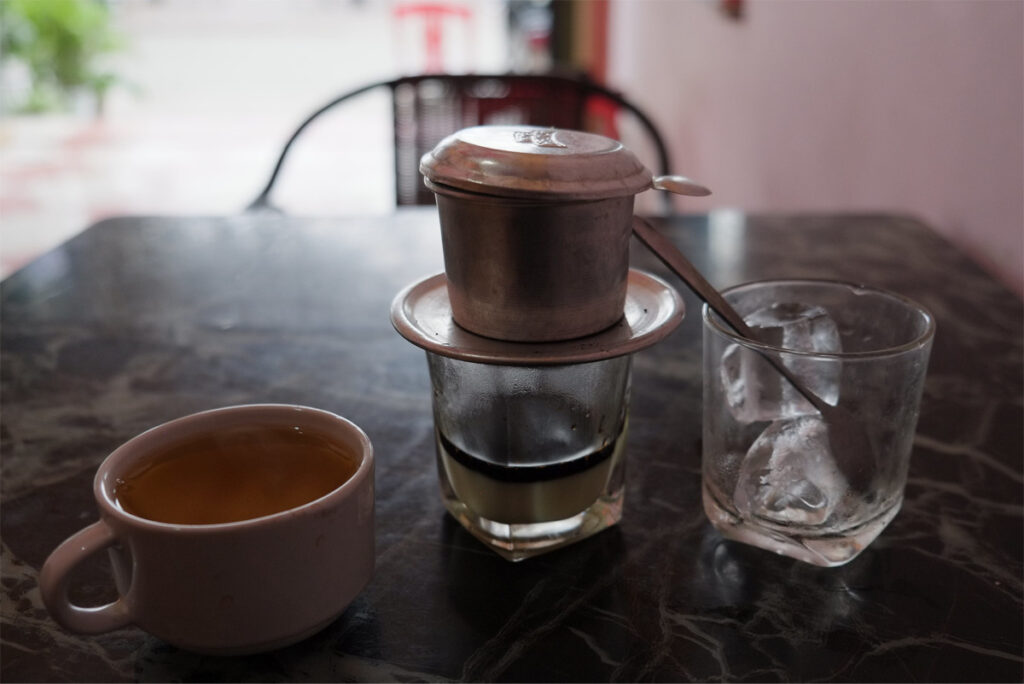
Vietnam is a country renowned for its exotic culture and vibrant flavors. This is especially true when it comes to coffee.
As I discovered during my visit to Vietnam, it’s home to some of the world’s most unique coffee varieties. From traditional to the more modern versions, there is something here to satisfy every coffee lover’s palate. I had the opportunity to explore Vietnam’s specialty coffee scene and uncover some of its hidden gems. So when you go, get ready to take a journey into the world of Vietnamese specialty coffee and discover its unique flavors!

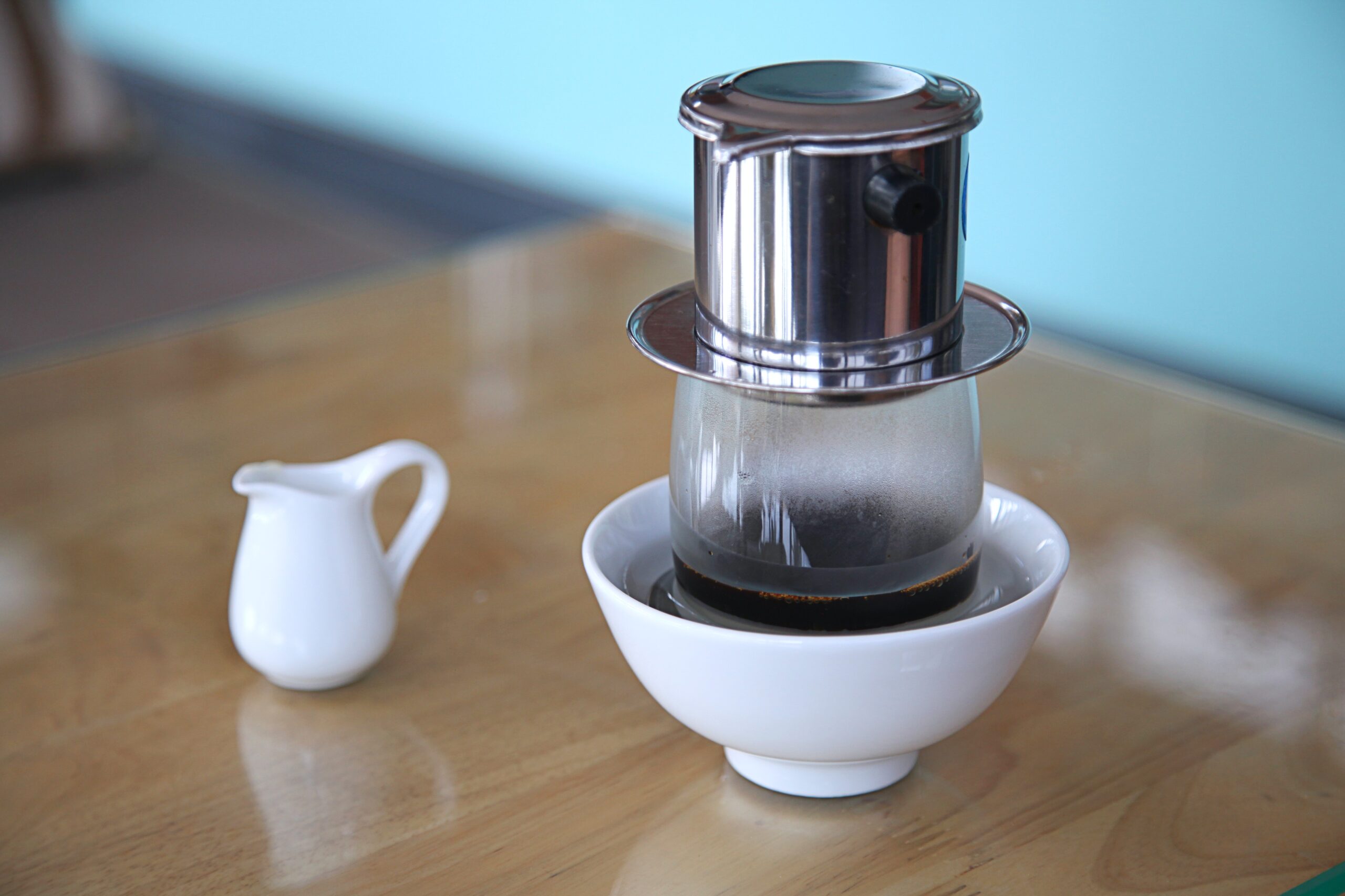
I haven’t had the chance to visit Vietnam yet, but as a coffee lover I will definitely save this blog post for later. Yum!
Thank you! It was a pleasant surprise for me.